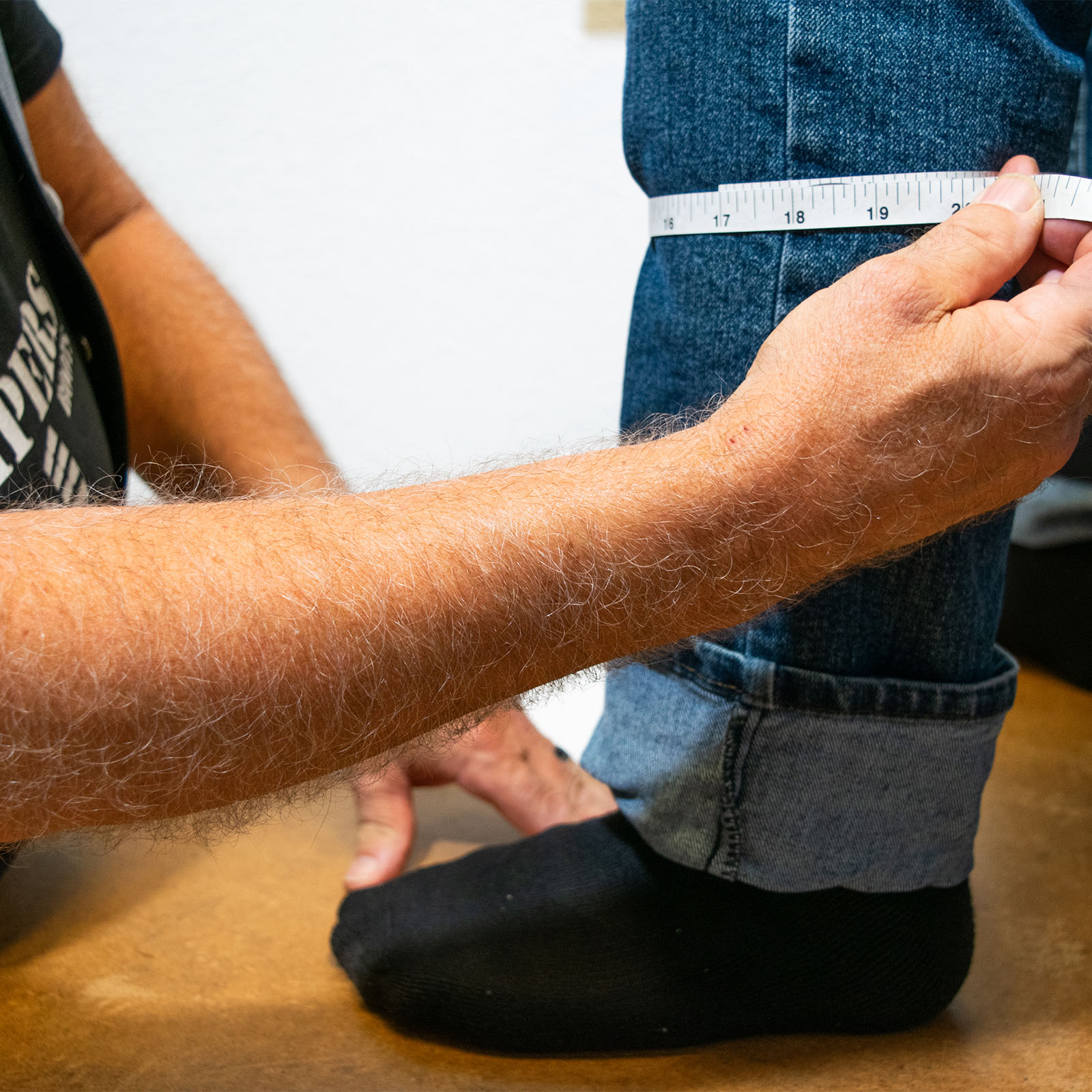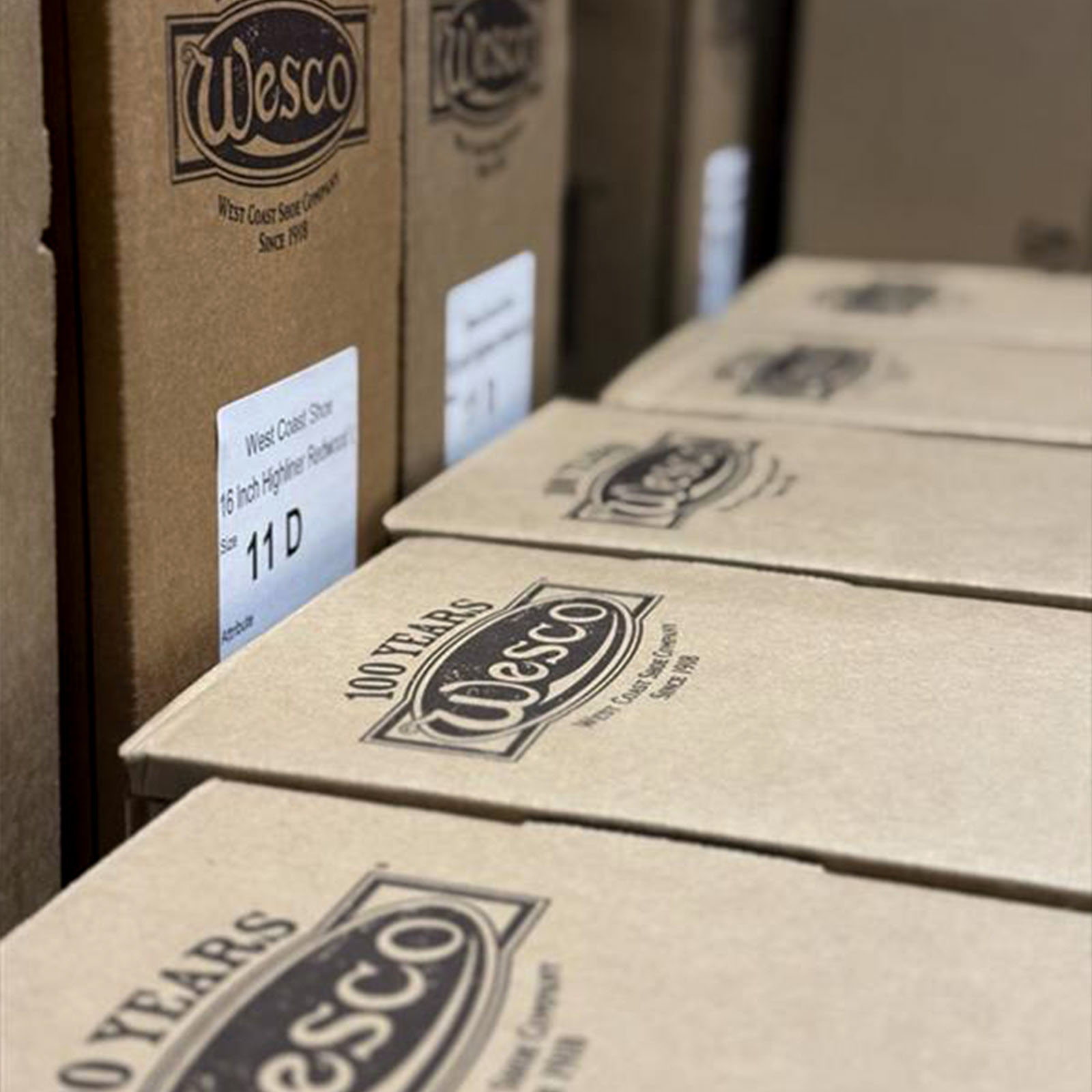The Ultimate Guide for Boot Measurements: Ensuring the Perfect Fit

When it comes to choosing the right pair of boots, getting the perfect fit starts with accurate boot measurements. A great-looking boot that doesn’t fit properly will only lead to discomfort and wasted money. This guide will walk you through everything you need to know about boot measurements, helping you get a perfect fit every time.
Why Proper Boot Fit Matters
A well-fitted boot is more than just about comfort. It’s about performance, longevity, and avoiding blisters, soreness, or even long-term foot problems. A properly fitted boot provides support, stability, and protection for your feet, making them more than just a style choice. The right fit also ensures that your boots maintain their structure, providing consistent protection and performance over time.
Key Factors for a Perfect Boot Fit
1. Understanding the Flex Point
The flex point is where your boot naturally bends as you walk. It should align with the widest part of your foot, typically around the base of your toes. If the flex point doesn’t match, you’ll experience discomfort and even long-term foot issues. To test, walk around and notice where the boot bends. If it doesn’t align with your foot’s flex point, it’s not the right fit. Additionally, different boot styles—such as hiking boots, work boots, or fashion boots—may have varying flex points due to their construction.
2. Getting the Right Heel Fit
Heel slip is normal with new boots, but it should be minimal. Expect about ½ to ¾ inch of heel slip at first, especially in pull-on boots. Over time, as the boots mold to your feet, the heel slip will reduce. If the heel is too tight or too loose even after break-in, it’s a sign of an improper fit. Pay attention to heel height as well; too high can cause strain, while too low may not provide enough support.
3. Prioritizing the Ball of Your Foot
The ball of your foot should be cradled comfortably without being squeezed. The width of the boot is essential here. When trying on boots, ensure your foot can flex naturally, and there’s no pinching or pressure. Make sure the ball of your foot aligns with the widest part of the boot’s sole for maximum comfort.
4. Supporting Your Arch
Proper arch support is critical for long-term comfort. Even if a boot doesn’t come with strong arch support, using a quality insole can make a huge difference. Make sure the arch support lines up with your natural arch. Different arch types (flat, neutral, high) require different support levels—know your arch type before choosing a boot.
5. Finding the Right Toe Box
The toe box should provide enough room for your toes to wiggle slightly. A cramped toe box can cause blisters and calluses. Choose a style that doesn’t compromise the other fit aspects just to get the right toe shape. Pay attention to toe shapes (round, square, pointed) based on your foot anatomy and usage.
How to Measure Your Feet Correctly
- Gather Supplies: You’ll need a piece of paper, a pencil, and a ruler.
- Trace Your Foot: Stand on the paper, barefoot or with the socks you intend to wear, and trace your foot’s outline.
- Measure Length and Width: Use the ruler to measure the longest and widest points of your foot. Measure both feet, as one may be slightly larger.
- Match with Size Chart: Compare your measurements with the boot brand’s size chart to choose the right size.
Custom Boot Fitting: Wesco and Dehner Boots
For those who want a perfect fit without guessing, consider our custom fitting service for Wesco and Dehner boots. Our experts will measure every detail of your feet, ensuring a perfect match for both style and comfort. Choose the leather, stitching, hardware, and more. Custom fitting is especially useful for those with wide, narrow, or uniquely shaped feet.
Break-In Tips: Making Your Boots Your Own
- Wear Thick Socks Initially: Helps shape the leather without discomfort.
- Gradually Increase Wear Time: Start with a few hours a day, then increase.
- Use Leather Conditioner: Softens the leather for a faster, more comfortable break-in.
- Avoid Excessive Water Exposure: Prevents warping or damaging the leather.
Troubleshooting Fit Issues
- Too Tight Across the Ball of Foot: Try a wider width or a half-size up.
- Heel Slip Doesn’t Improve: Consider heel grips or a different style.
- Arch Feels Uncomfortable: Add a high-quality insole for extra support.
- Toe Box Feels Cramped: Choose a roomier toe shape or use a stretch spray.
Final Thoughts
Getting the right fit for your boots is about understanding your feet and how the boots are designed to work. With the right measurements and a little patience during break-in, you’ll have boots that offer unbeatable comfort and style. Remember—proper fit isn’t just a luxury; it’s essential for your foot health and overall satisfaction.
Ready to find your perfect pair? Shop our full collection at Stompers Boots.


